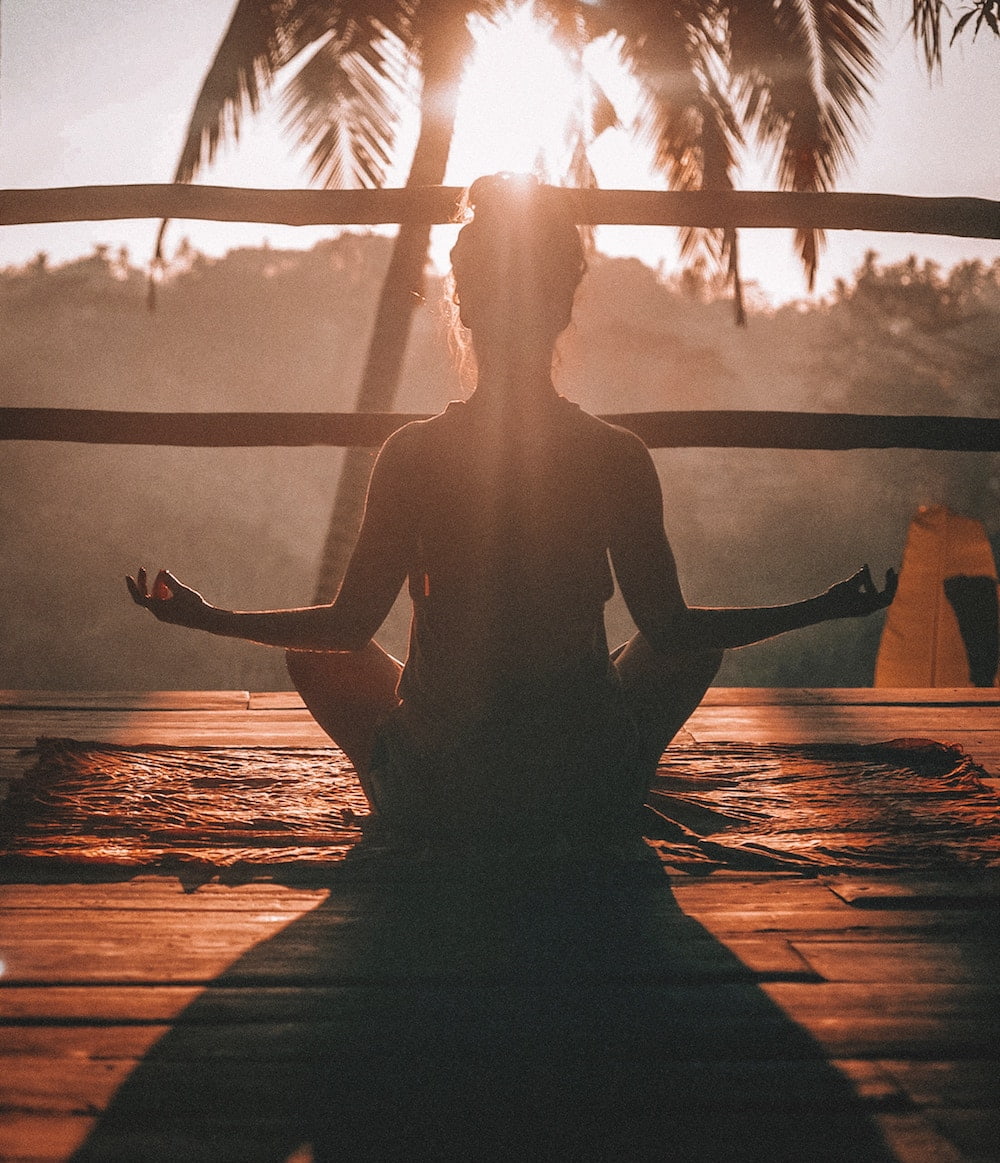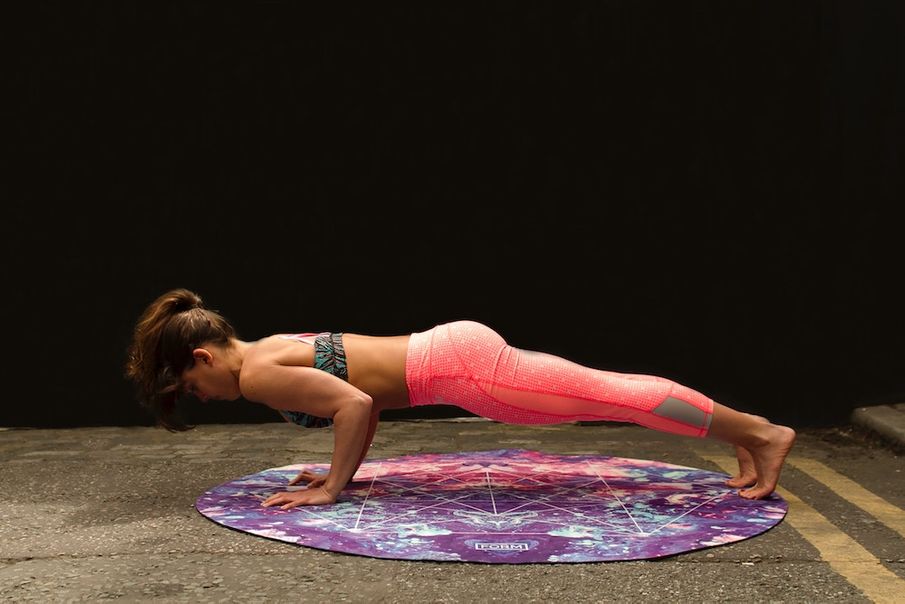Zoe Rex, Pilates instructor and founder of Physio 2 Pilates explains the relationship between pilates and mindfulness and shares an exclusive video lesson for our readers

Zoe Rex
My Mindfulness and Pilates journey started on a personal note. I was introduced to the benefits of Pilates early in my physiotherapy career, after suffering a back injury. As for Mindfulness, my friends would tell you I am a born worrier so Mindfulness was something that was of great interest to me. I feel Pilates and Mindfulness complement each other perfectly, let me explain more.
You have probably heard the term 'mindfulnes's but what is it all about? In a nutshell, mindfulness is all about being in the present moment and not letting our thoughts, worries and anxieties hijack our attention. Whilst the concept sounds simple, it can take time to learn. But once the skill is mastered through continual practise, the benefits can be huge.
Pilates has a reputation to be “all about the core” but it has much more to offer. Pilates is a mind and body exercise which means that your mind and body have to work together performing a series of exercises. These exercises work on breathing, flexibility and strength while bringing your attention to how you are moving. How we move is really important for pain free, efficient movement and being aware of our movements is the first stage.
Breathing also plays an important role in Pilates and has strong links to mindfulness. Breathing is something we don’t really think about, however it can play an important role in how we feel. It can be affected by stress and anxiety, becoming faster and shallower as part of the fight or flight response. Over time changes in our breathing can become automatic as we deal with the constant stresses of daily life. Pilates can help us to focus on our breathing and encourages us to breath into our rib cage and use our diaphragm.
Gentle, slow breathing using the diaphragm has been shown to activate the parasympathetic nervous system. This part of our nervous system is responsible for calming everything down. It acts to lower the blood pressure, dilate blood vessels and relax the muscles. The opposite to the sympathetic nervous system involved in the fight or flight response.

In a world where “Multi-tasking” has become the norm, we tend to spend a lot of our time in a state called Autopilot. Our brains are designed to be able to deal with 1 or 2 things at a time before we become overwhelmed. Fortunately for us our brains developed a way of linking together certain tasks that we don’t need to be consciously aware of. This saves space in the brain, reduces our energy consumption as well as allowing us to focus on other tasks. Driving is a great example of Autopilot at work. When we first learn to drive, changing gear, steering and watching the road all seems impossible but over time it becomes second nature. Now I’m sure you don’t give it a second thought and you can drive and talk at the same time, or in my case sing along to the radio! Sounds perfect so what is the problem? The issue comes when we start to spend more and more of our time in autopilot. We have all had times when we have had so much going on in our head that we can’t remember if we locked the front door or we put the cornflakes in the fridge (or is that just me!) We are so busy worrying or thinking about other things, we are not in the present moment. This can then become a vicious cycle increasing our anxiety levels.
Pilates can help us to switch off autopilot by bringing our attention to our body. Focusing on the movements, how they are performed and how our body feels as we are doing them turns off autopilot bringing us into the present. You may have seen some basic Pilates exercises, and thought that they look easy. However, if you really become aware of where you are moving from and how the movement feels, it actually takes a lot of focus to get the movement right. As we can only concentrate on 1 or 2 things at a time, when we add in gentle breathing to the exercise there is no room left in our brain for our worries.

The concept of Flow was first described by Mihaly Csikszentmihalyi back in the 1960’s. He was researching what made people happy and found that most happiness was found when people were undertaking tasks that produced what he later described as “Flow”. Flow is when you are undertaking an activity that takes all your focus and attention so much so that time passes unnoticed. Something that you are so totally engrossed in there is no room in your brain for anything else. Some people may describe this as being “in the zone”.
In order to be in, the “Flow Zone”, certain conditions need to be satisfied. We need to be suitably challenged in order for the task to gain our attention. If we are overly challenged the task can produce stress and anxiety leading to worrying thoughts. If we aren’t challenged enough this can lead to boredom and our minds can wander onto other things, taking us out of the present.
Pilates fits the bill perfectly as a form of exercise that produces flow. Firstly, it takes our complete attention to master the control of the movements. Abdominal breathing can act to calm down the nervous system allowing for a positive and enjoyable experience. It is worth noting the importance of finding a class at the right level for you so you are suitably challenged without finding the exercises so hard that you become frustrated and so move out of Flow.
Well I think so. The benefits of Pilates on our muscle strength, flexibility and control are only the start of the effects it can have on the body. Introducing “Mindful Movement” allows us to ground ourselves in the present moment, leaving our worries and concerns at the door as we enter into a state of flow.
We have recorded a short video exclusively for the readers of Happiful to demonstrate a few Mindful Pilates exercises so you can experience it for yourself. We hope you enjoy!


Comments